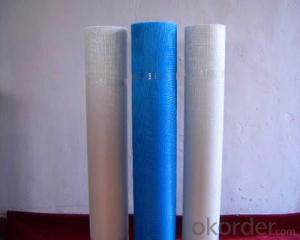Fiberglass, a material known for its strength and versatility, is widely used in various industries. But with great power comes great responsibility, and that includes the need for proper protection. Workers in environments where fiberglass is prevalent need to be equipped with the right clothing to ensure their safety and well-being. Let’s dive into the world of fiberglass resistant clothing and explore its importance, types, and benefits in hazardous environments.
The Importance of Fiberglass Resistant Clothing
Fiberglass, despite its many benefits, can pose serious health risks if not handled properly. Prolonged exposure to fiberglass can lead to skin irritation, respiratory issues, and even more severe health problems. That’s where fiberglass resistant clothing comes in. It acts as a barrier between the worker and the hazardous material, reducing the risk of direct contact and potential health hazards.
Types of Fiberglass Resistant Clothing
There’s a variety of fiberglass resistant clothing available in the market, each designed to cater to different needs and situations. Here are some common types:
1. Coveralls: These are full-body suits that provide complete coverage, protecting the wearer from head to toe. They are ideal for environments where there’s a high risk of fiberglass exposure.
2. Gloves: Fiberglass resistant gloves protect the hands, which are often the first point of contact with the material. They come in various materials, including leather, rubber, and nitrile.
3. Boots: These protect the feet from direct contact with fiberglass, reducing the risk of puncture wounds and skin irritation.
4. Aprons: For those who need protection for their torso and arms, aprons offer a convenient solution. They are easy to put on and take off and can be used in conjunction with other protective gear.
5. Eye and Face Protection: Since fiberglass can cause eye and facial irritation, it’s crucial to have proper eyewear and face shields. Goggles, safety glasses, and face shields are all part of the essential protective gear.
Benefits of Using Fiberglass Resistant Clothing
Investing in fiberglass resistant clothing is not just about compliance with safety regulations; it’s also about the well-being of the workers. Here are some benefits:
1. Health Protection: The primary benefit is the protection of the worker’s health. By reducing exposure to fiberglass, the risk of health issues is significantly lowered.
2. Comfort: High-quality fiberglass resistant clothing is designed to be comfortable, allowing workers to perform their tasks without discomfort.
3. Durability: These clothes are made to last, reducing the need for frequent replacements and saving costs in the long run.
4. Compliance: Using the right protective gear ensures compliance with industry safety standards and regulations, avoiding potential fines and penalties.
5. Peace of Mind: Knowing that you’re protected can give workers peace of mind, allowing them to focus on their tasks without worrying about potential health risks.
How to Choose the Right Fiberglass Resistant Clothing
Choosing the right fiberglass resistant clothing involves considering several factors:
1. The Level of Exposure: Assess the level of fiberglass exposure in the workplace to determine the type and level of protection needed.
2. Comfort and Fit: Ensure the clothing is comfortable and fits well to allow for ease of movement and to prevent any gaps where fiberglass could enter.
3. Material: Different materials offer different levels of protection. Choose the one that best suits the specific needs of the job.
4. Certifications: Look for certifications from reputable organizations that verify the clothing’s resistance to fiberglass.
5. Maintenance: Some types of protective clothing require special care to maintain their effectiveness. Make sure you’re aware of the maintenance requirements.
Conclusion
Fiberglass resistant clothing is a vital component in ensuring the safety of workers in hazardous environments. By understanding the importance, types, benefits, and how to choose the right clothing, employers and workers can make informed decisions to protect themselves and others. Remember, safety should always be a priority, and the right protective gear can make all the difference.

